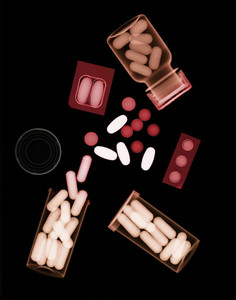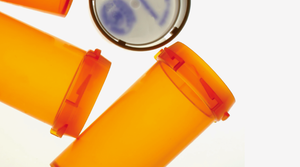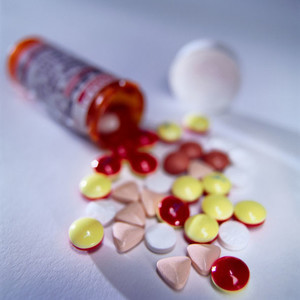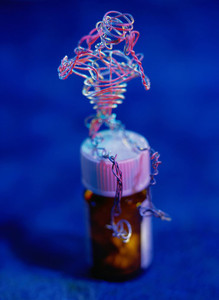The Centers for Medicare & Medicaid Services (CMS) is actively working to promote competition and lower costs for drugs, according to a statement released in February 2020, which also details new measures of generics usage to help calculate a plan’s star rating.
The rising price of prescription drugs in the US has been the subject of much news coverage, even for generics [1]. A recent statement from the CMS, which administers national health insurance in the US, explains the Agency is committed to lowering the cost of prescription drugs in the country.
It is doing so by promoting market competition, the statement says, explaining that even after multiple generics have entered the market and prices have fallen for a particular product, health insurance plans sometimes prefer the higher priced originator. The CMS is working to stop this happening.
The Agency says it ‘closely tracks’ the use of generic drugs in Part D of Medicare, the part which relates to prescription drugs, and discusses some of their key observations to date:
- The generics dispensing rate (percentage of all prescription drug fills that were for generics) in 2017 was 82.2%.
- The generics substitution rate (Part D prescription drug fills which used an approved generic drug of the same strength, route of administration, and dosage form as the originator) for 2017 was 90.8%.
- Between 2017 and 2019, 32 new generics were added to the list Part D plans use to create their formularies.
- For these 32 drugs in 2019:
- The average rate of formulary inclusion for the generics was 69.3%.
- When the brand name drug was included on a formulary, a generic drug was also listed in 91.8% of cases.
However, the CMS says there is still opportunity for Part D plans to make more generic drugs available and that it aims to promote innovation in order to ‘bolster competition and drive down prescription drug prices’.
In 2018 for example, the Agency allowed Part D plans to substitute generic prescription drugs more quickly. The Agency is also considering new measures to improve generic and biosimilar medicines use. In an Advance Notice, the Agency has suggested three potential ways in which a plan could be rated on its generics use:
1) Generics Substitution Rate: Total number of generics fills divided by the sum of brand and generics fills.
2) Generics Therapeutic-Alternative Opportunity Rate: Total number of brand fills divided by the sum of brand and generic drug fills.
3) Biosimilar Utilization Rate: Total number of biosimilar fills divided by the sum of reference biologicals and biosimilar fills.
In other efforts to cut costs for consumers, the CMS announced in March 2020 a new Medicare model to offer insulin at a maximum co-pay of US$35 [2].
Related articles
Generics approvals remain high in US in 2019
FDA opens pathway to biosimilar insulin products
Insurance payment arrangements are an obstacle to biosimilars use in the US
References
1. GaBI Online - Generics and Biosimilars Initiative. Escalating prices of generic drugs in the US [www.gabionline.net]. Mol, Belgium: Pro Pharma Communications International; [cited 2020 May 4]. Available from: www.gabionline.net/Generics/Research/Escalating-prices-of-generic-drugs-in-the-US
2. GaBI Online - Generics and Biosimilars Initiative. CMS launches insulin co-pay at US$35 [www.gabionline.net]. Mol, Belgium: Pro Pharma Communications International; [cited 2020 May 4]. Available from: www.gabionline.net/Policies-Legislation/CMS-launches-insulin-co-pay-at-US-35
Permission granted to reproduce for personal and non-commercial use only. All other reproduction, copy or reprinting of all or part of any ‘Content’ found on this website is strictly prohibited without the prior consent of the publisher. Contact the publisher to obtain permission before redistributing.
Copyright – Unless otherwise stated all contents of this website are © 2020 Pro Pharma Communications International. All Rights Reserved.








 0
0











Post your comment